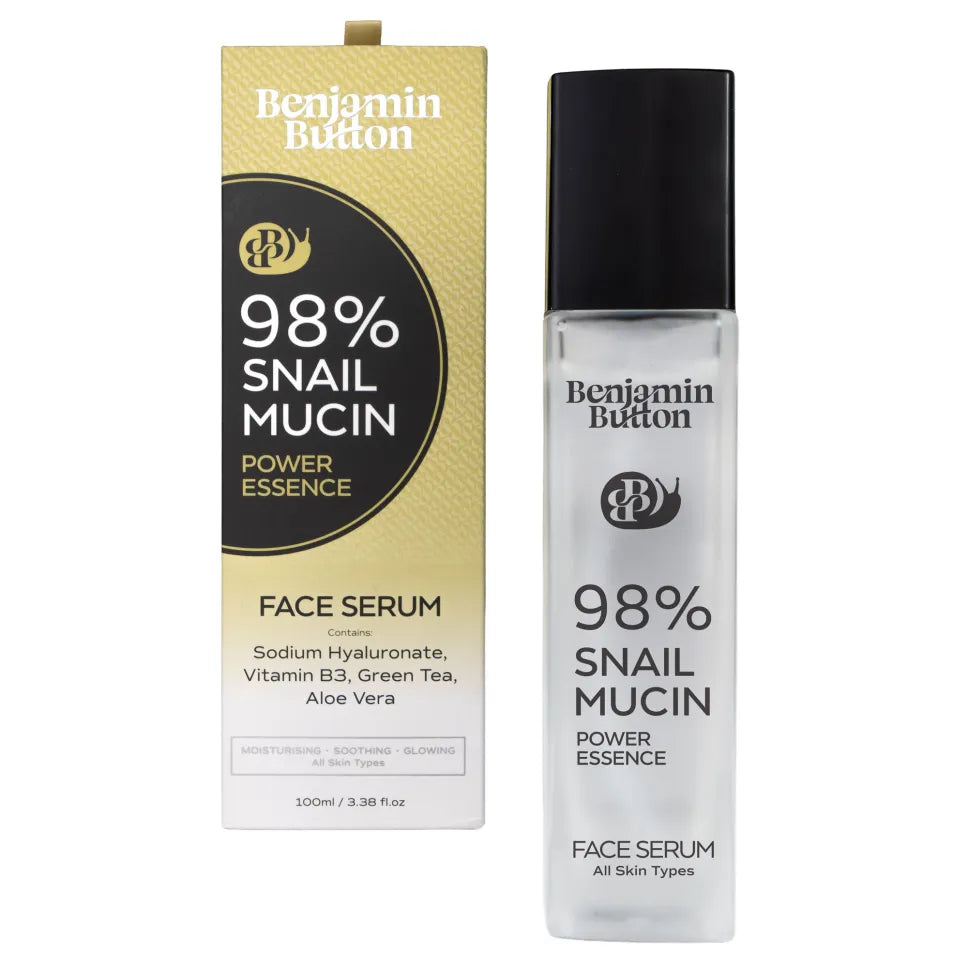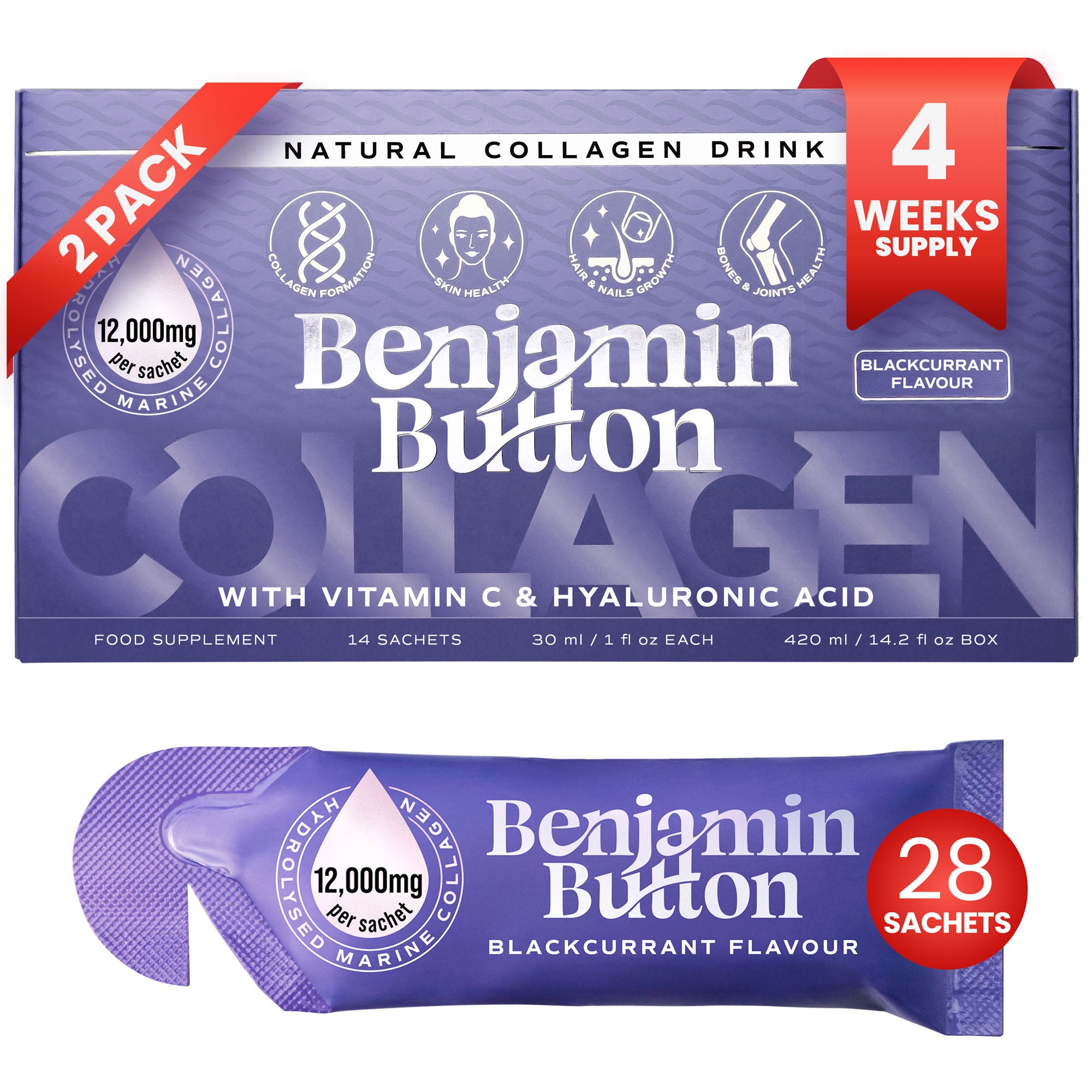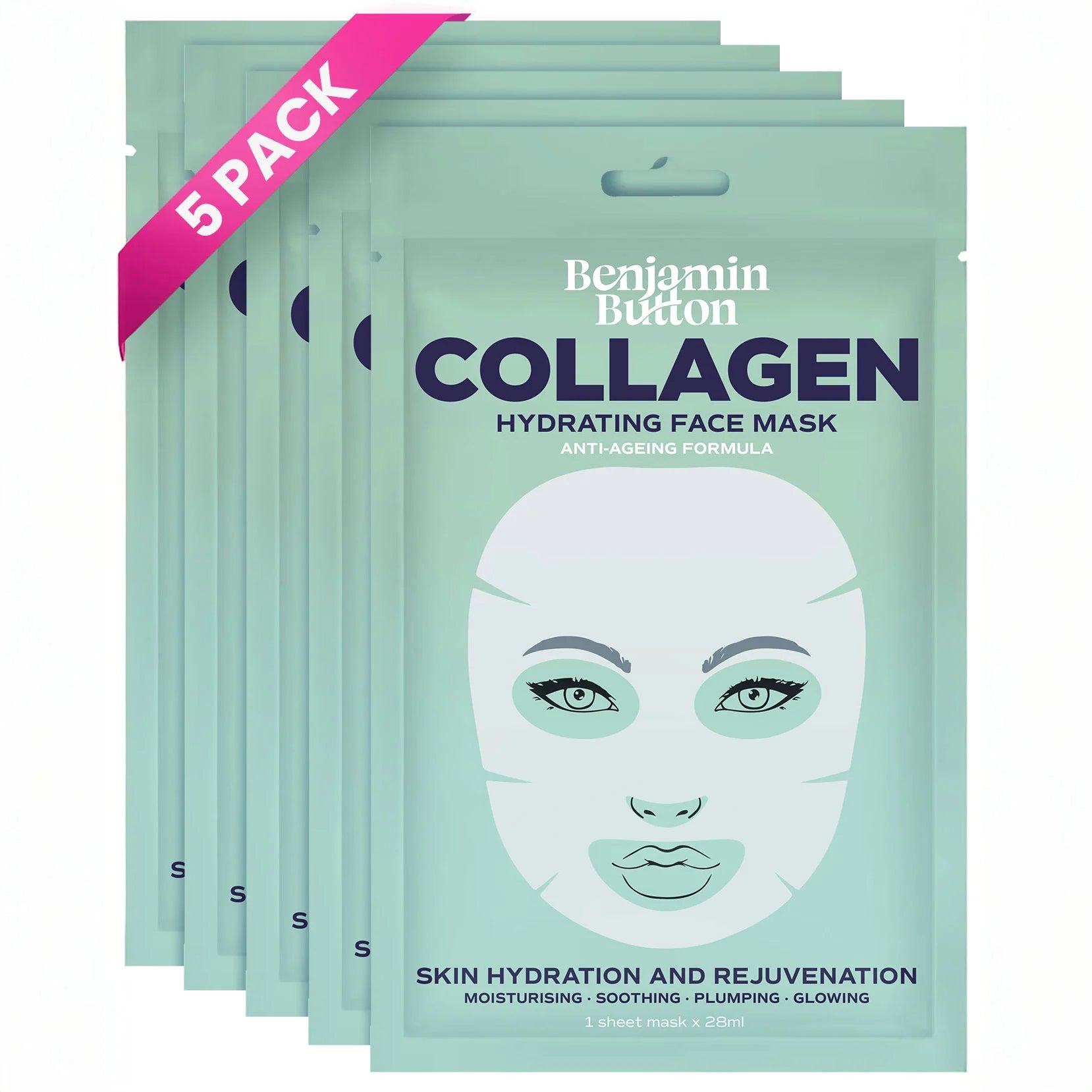The Urgency of Tackling Textile Waste
In a world where fast fashion dominates, the issue of textile waste is growing increasingly dire. Every year, millions of tons of fabric are discarded, contributing to environmental degradation and enriching landfills. The statistics are staggering: it's estimated that the fashion industry is responsible for around 10% of global carbon emissions—and much of this impacts our already delicate ecosystems. Tackling this issue head-on is not just a possibility—it's a necessity.Pinanki: Passion Meets Purpose
At the forefront of solving this pressing crisis is Pinanki, a brand that is shaping a new narrative around damaged fabrics. Rather than seeing these materials as waste, Pinanki envisions a future where they can be repurposed, recycled, and transformed into something beautiful and new. Their approach is a fusion of artistry, sustainability, and innovation, ensuring that even the most damaged fabrics find new life.Innovative Practices: How Pinanki Reimagines Damaged Fabrics
One of the crucial aspects of Pinanki's vision is their commitment to innovative practices that breathe new life into damaged textiles. Their methods include:- Repair and Restoration: Fabrics that have minor imperfections are meticulously mended, allowing them to be reused and appreciated for their unique character.
- Upcycling: Pinanki transforms damaged fabrics into fashionable items, such as bags, home décor, and clothing. This not only diverts waste from landfills but also creates unique pieces that tell a story.
- Community Engagement: The brand conducts workshops that educate local communities about the importance of sustainability and techniques for reusing fabrics creatively.
- Collaboration with Artisans: Partnering with skilled artisans, Pinanki ensures that traditional techniques are respected while incorporating modern environmental awareness into their work.
The Benefits of Embracing Pinanki's Vision
The world of textiles is ripe for transformation, and Pinanki's vision aligns perfectly with the urgent need for sustainable practices. Here are some of the compelling benefits associated with their methods:- Environmental Preservation: By extending the lifecycle of fabrics, Pinanki plays a crucial role in reducing the demand for new material production, which in turn lowers carbon emissions and saves water.
- Reduced Waste: In reimagining damaged textiles, the brand prevents these materials from joining the millions of tons sent to landfills each year.
- Enhanced Creativity: The upcycling process not only saves textiles but also inspires creativity, resulting in unique designs that highlight the beauty of imperfection.
- Economic Empowerment: Pinanki supports local artisans and communities, promoting skills and crafts that ensure economic benefit and cultural sustainability.
Changing Mindsets: The Cultural Shift Towards Sustainability
Pinanki is not just focused on the products they create; they are champions of a larger cultural shift in the fashion industry. Change often begins at the grassroots level, and Pinanki understands that by inspiring individuals to rethink their relationship with textiles, they can spark a significant movement. Consumers are increasingly seeking brands that promote sustainability, and Pinanki’s approach resonates with a growing audience who values mindfulness in their purchasing decisions.Forces of Change: Influencing the Industry
The influence of Pinanki extends beyond just their immediate products. By adopting sustainable practices, they're setting an example that encourages other brands to prioritise environmental responsibility. As they demonstrate the potential of reimagined textiles, they inspire other companies to embrace a circular economy model rather than one predicated on constant consumption.What Lies Ahead for Pinanki and Sustainable Fashion
As the movement towards a sustainable fashion future gathers momentum, the role of brands like Pinanki will become even more pivotal. They operate at the intersection of creativity and responsibility, illustrating how beautiful design can coexist with ecological integrity. The journey of transforming waste into wearable art is an ongoing process that requires dedication, skill, and an unwavering commitment to the planet.Inviting Others to Join the Movement
Pinanki believes that each individual can play a part in the transformation of the textiles industry. They encourage people to:- Consider second-hand: Opt for thrift shopping or vintage options to reduce the initial demand for new textiles.
- Teach and Learn: Join workshops or classes on upcycling and fabric care to extend the life of clothing.
- Spread the Word: Advocate for sustainable practices within your community and share stories of innovative brands like Pinanki.
- Buy Mindfully: Choosing quality over quantity when purchasing new items is a step toward a more sustainable lifestyle.






















